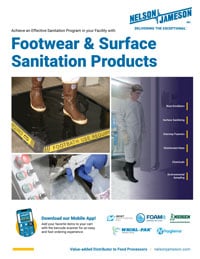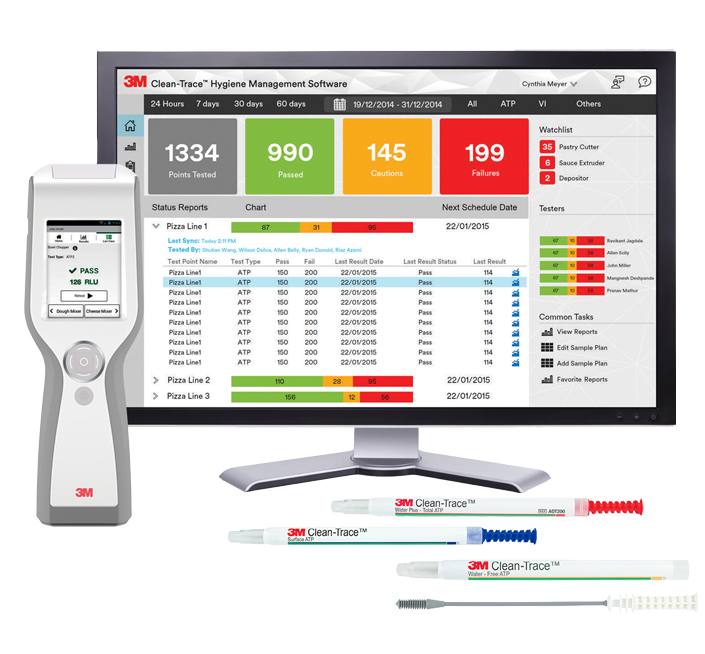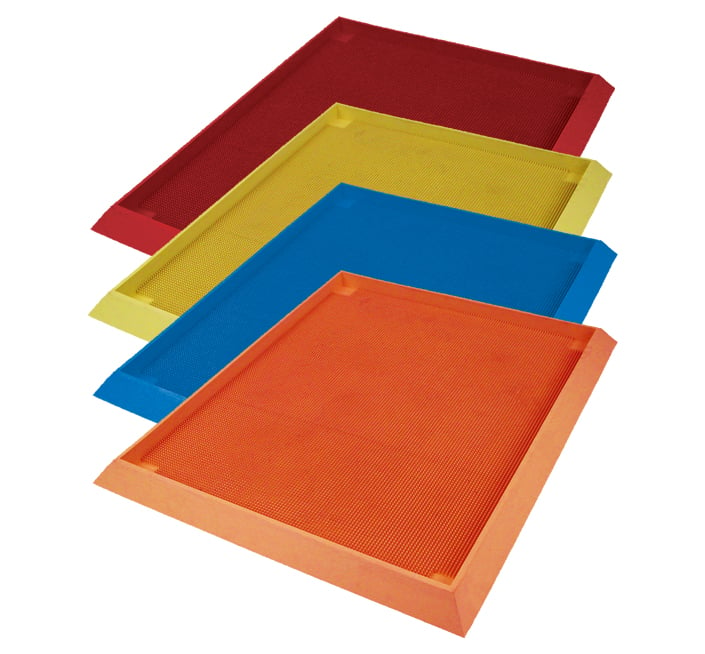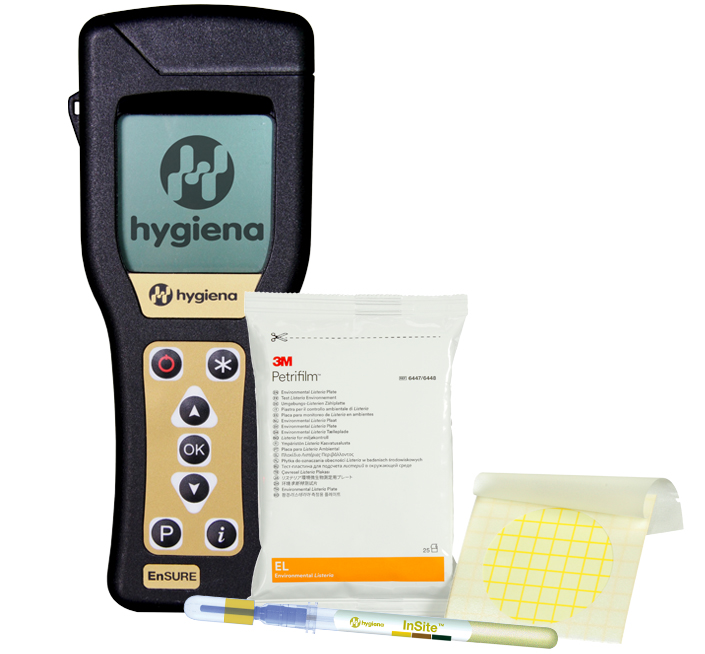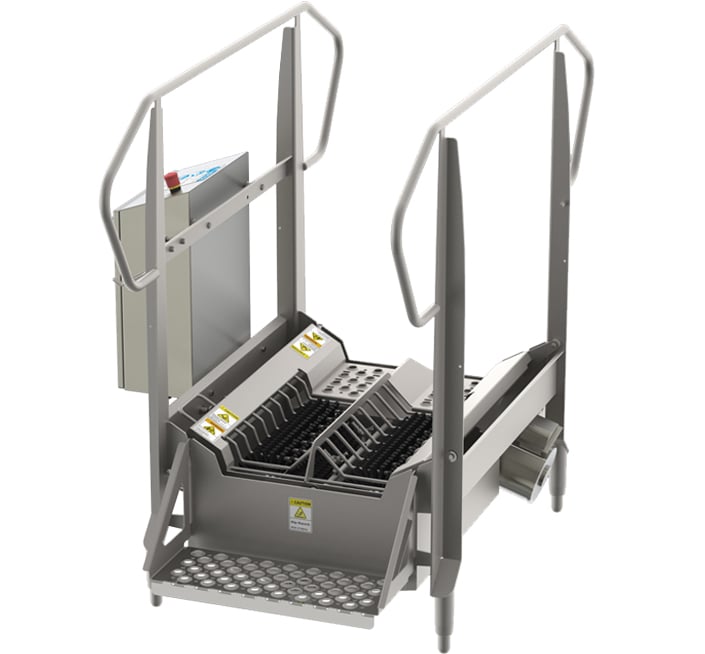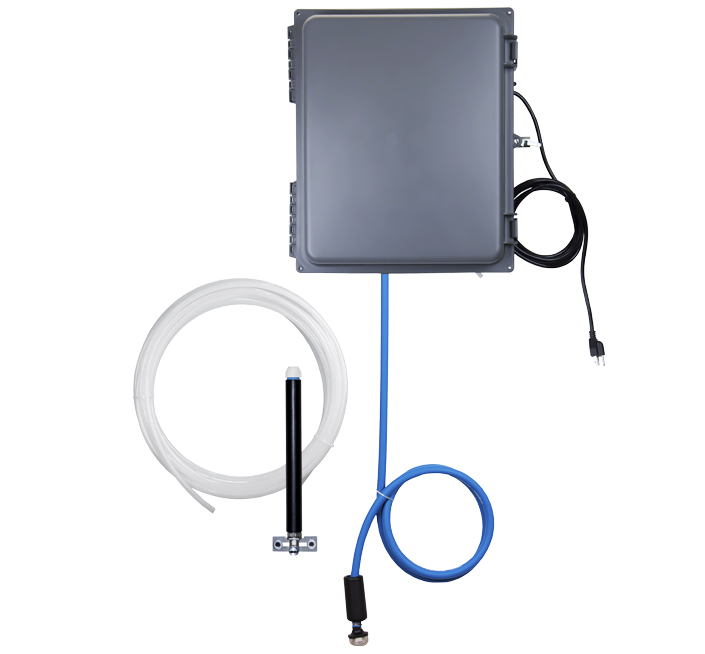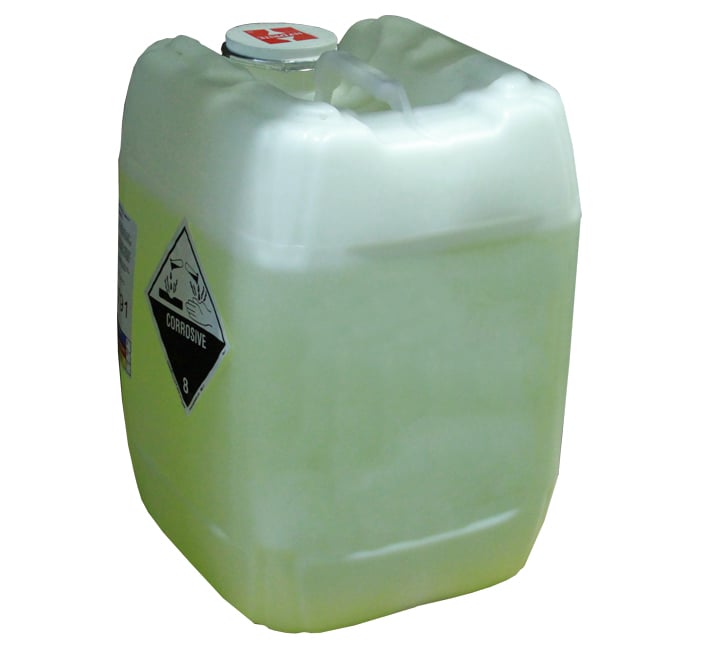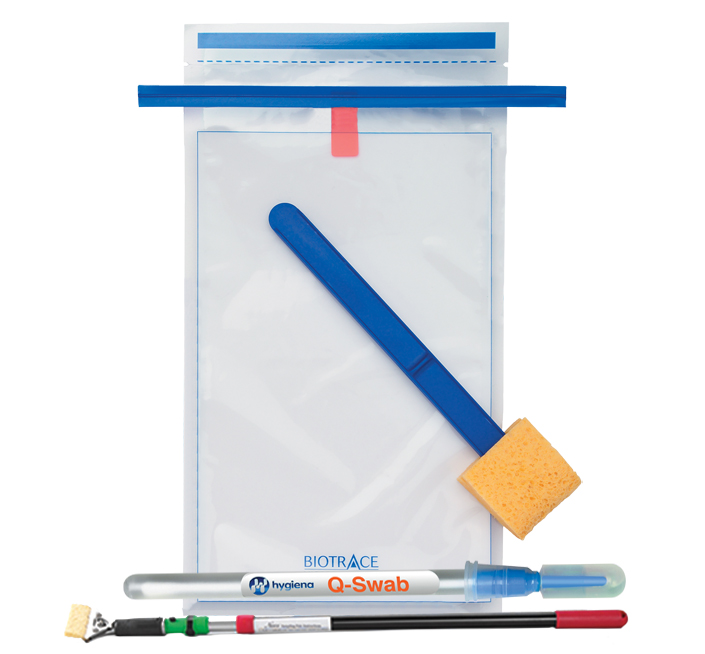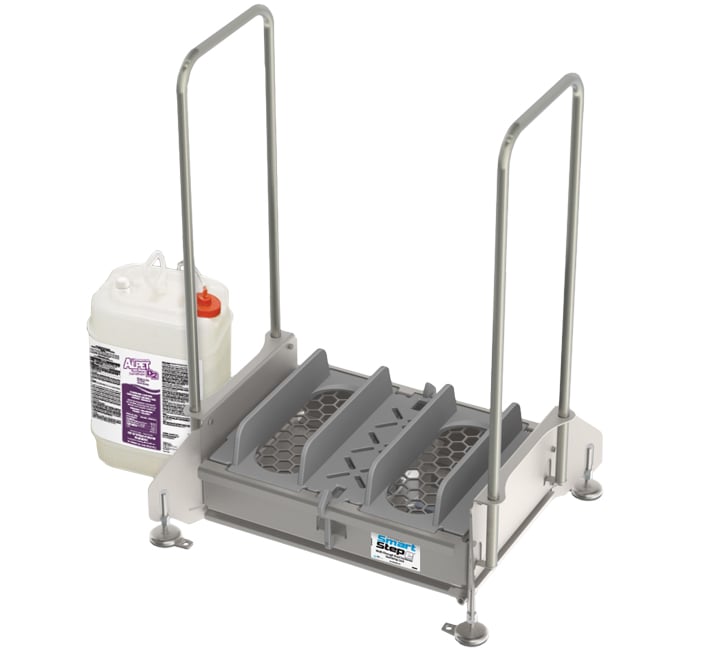Footwear & Surface Sanitation Products

Achieve an effective sanitation program in your facility
In the food production process, cross-contamination can occur at any point. Having an effective sanitation program in place that addresses employee hygiene is key.
A primary route of contamination is the bottom of people's shoes, so cleaning footwear has become just as important as washing hands when coming into a facility. We carry several options including: Boot Scrubbers, Doorway Foamers, and Disinfectant Mats.
Cleaning and sanitizing surfaces is also an integral part of a sanitation program. Having the correct sanitizers for your processing facility can prevent the spread of microorganisms that cause foodborne illness.
For more information on Cleaning and Sanitizing, visit our Learning Center
Shop These Products:




